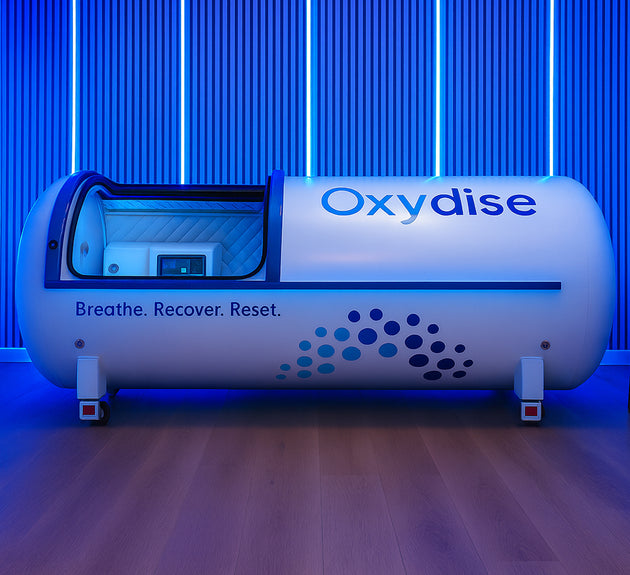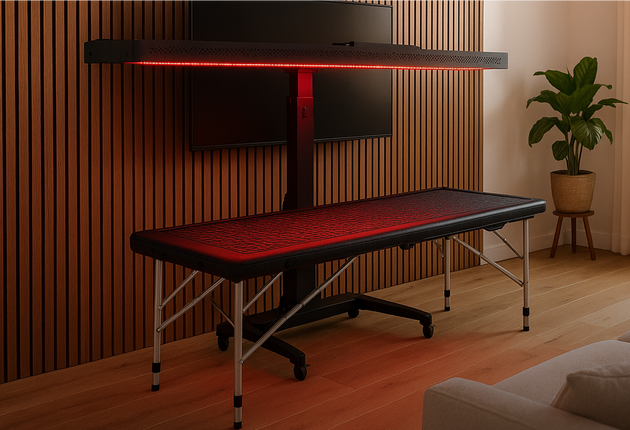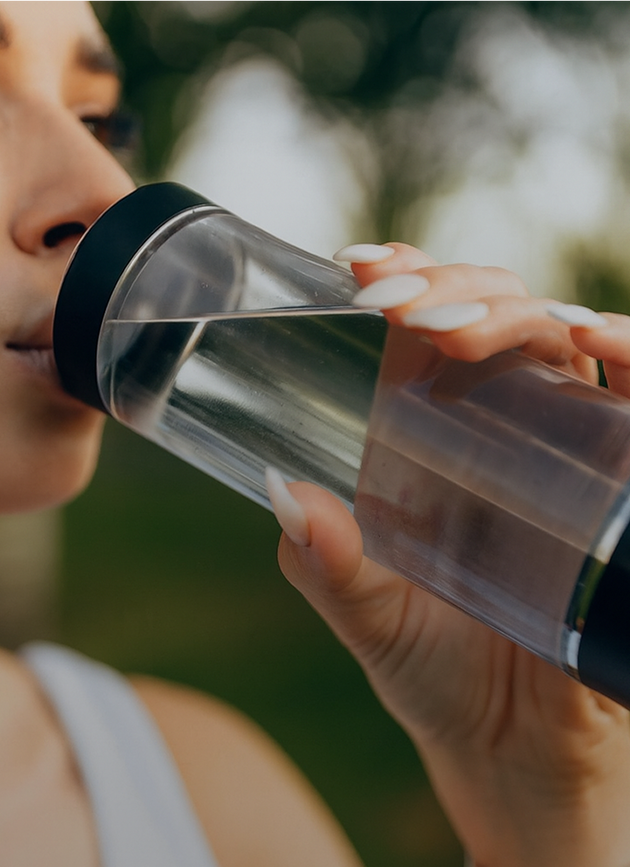Hyperbaric Oxygen Therapy (HBOT) is gaining recognition for its potential in treating chronic brain injuries. Traditionally, it was believed that higher pressures during HBOT sessions could yield better therapeutic outcomes. However, emerging research challenges this notion, suggesting that lower pressure HBOT may be just as, if not more, effective for certain conditions, particularly chronic brain injuries.
A pivotal study in this field, discussed on HBOT News(https://www.hbotnews.org/more-is-better-the-recurrent-illusion-of-higher-pressure-hbot-in-chronic-brain-injury-paul-g-harch-m-d), provides valuable insights into the optimal pressure settings for HBOT when treating chronic brain conditions. Authored by Paul G. Harch, M.D., this research underscores the importance of tailoring HBOT protocols to individual patient needs, rather than adhering to a 'one-size-fits-all' approach that emphasises higher pressures.
The study highlights several key points. Firstly, it elucidates the mechanism by which HBOT facilitates healing in brain tissues, emphasising oxygen's role in reducing inflammation and promoting regeneration. Secondly, it presents evidence that lower pressure HBOT can achieve these therapeutic effects without the risks associated with higher pressure treatments, such as barotrauma or oxygen toxicity.
Furthermore, Dr. Harch's research invites healthcare professionals to reconsider prevailing assumptions about HBOT's mechanisms of action. It suggests that the therapy's benefits stem not just from increased oxygen delivery but also from its ability to modulate biological processes critical to recovery and healing.
In conclusion, the emerging evidence on lower pressure HBOT offers a promising outlook for individuals suffering from chronic brain injuries. It underscores the therapy's potential for nuanced application, maximising benefits while minimising risks, thus paving the way for more personalised and effective treatment strategies.
















